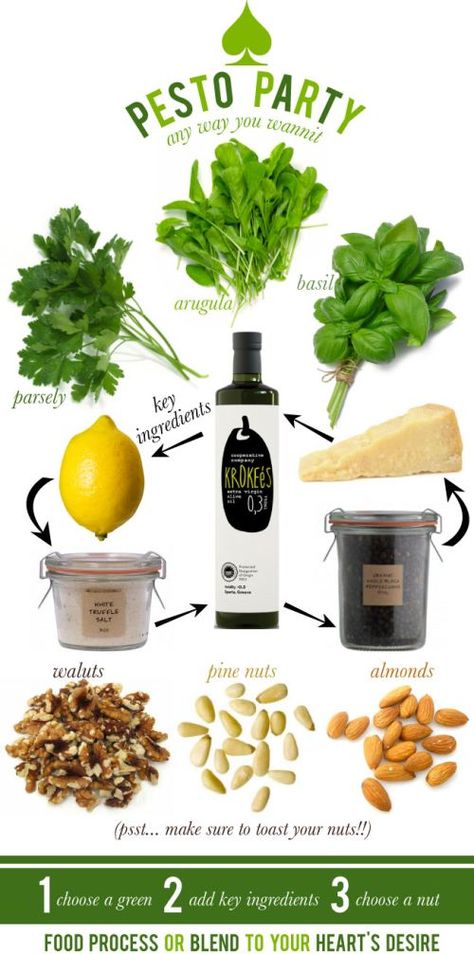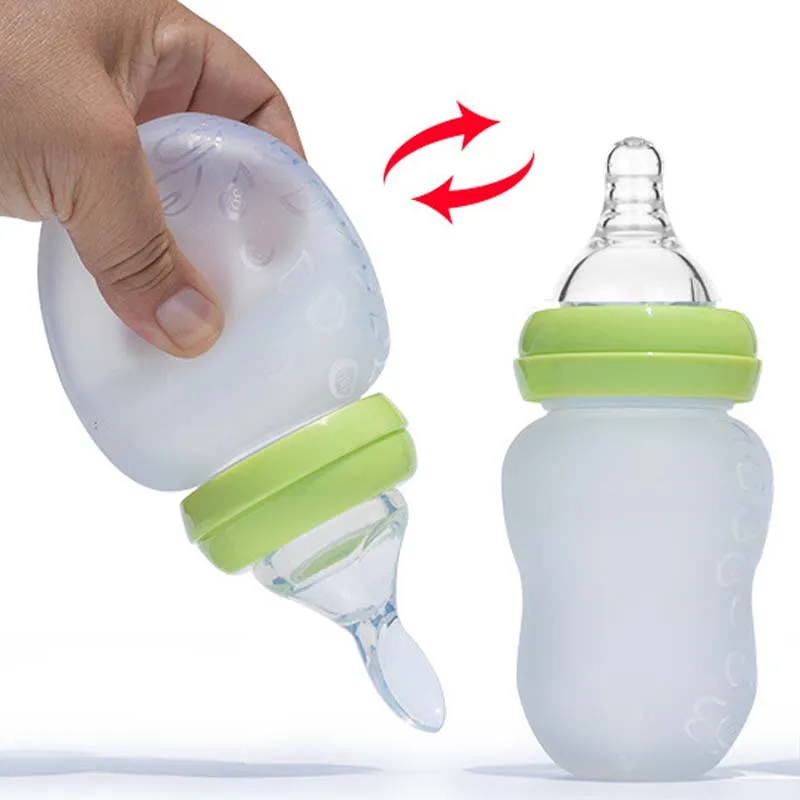Arugula baby food
How to Teach Kids to Eat Arugula
Brady’s parents loved to eat arugula. They served it to Brady hoping he would love it as much as they did. Nope. As soon as he tasted it, Brady spit out the arugula, shouting, “It’s spicy!” His parents replied, “You have to eat it!” The next thing you know, the whole family was in a battle over Brady’s refusal to eat the vegetable.
We know that feeding kids can be very tricky and we want to help you end those mealtime food battles. Overcoming picky eating is a long-term process, and we’re here to help you through it! Here’s our guide to help you teach your kid to eat arugula (and maybe even like it!). You’ll learn:
- How to serve arugula to picky eaters
- The benefits of arugula for kids
- How to talk about arugula to help your child try it
- How to help your child understand what arugula does in their body
- A food activity that will help your picky eater learn to be more comfortable with arugula
Related: Join the BetterBites Picky Eating Course – the most comprehensive course for the families of picky eaters
How To Serve Arugula To Picky EatersWhen you’re serving any food to a child, we recommend that you do not pressure the child to eat the food. In Brady’s situation, his parents tried to force him to eat the arugula, but it backfired. Once Brady felt pressured, he refused to eat it.
There are many ways a child might feel pressured to eat, even if their parents or caretakers aren’t purposely trying to pressure them. Here are a few examples of what pressure during meals can look like:
“Take three more bites, then you can have dessert.”
“Great job with that bite, now take another one!”
“You have to eat it, or you won’t read books after dinner.”
Reducing pressure can help your child learn to like a new food at their own pace.
Related: Get our picky eater guide – From Stress to Success: 4 Ways to Help Your Child Eat Better without Losing Your Mind
The Benefits of Arugula for KidsYou might be wondering if arugula is good for kids and toddlers. Arugula belongs to the cruciferous family, which includes vegetables like broccoli, Brussels sprouts and kale.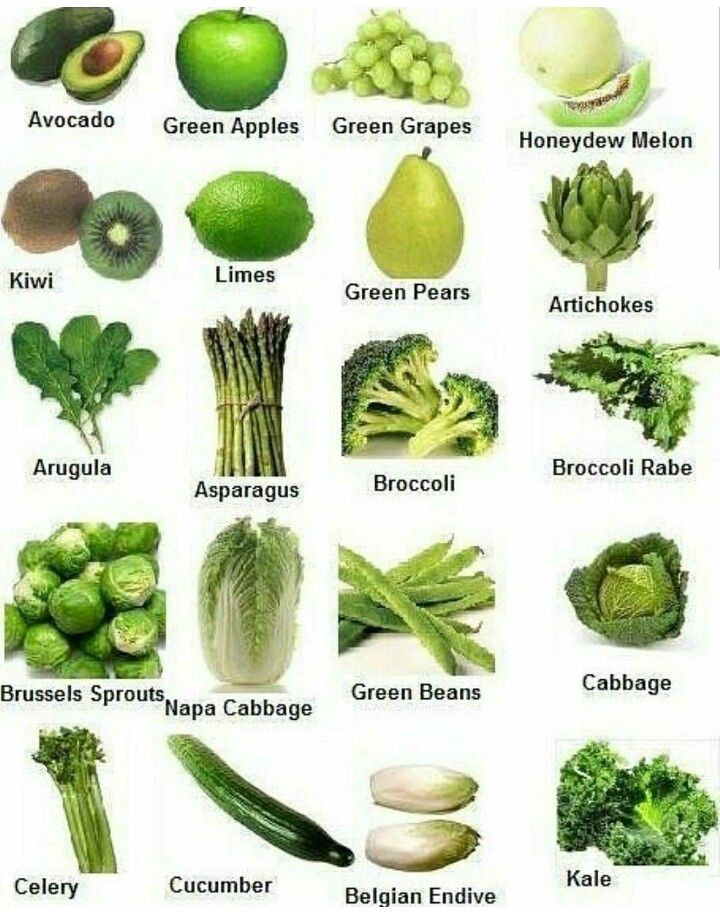 These nutritious vegetables are known for having many vitamins and minerals. Arugula, for example, contains vitamin K. Vitamin K helps blood clot after a cut, and it supports bone health as kids grow and develop. Arugula also has vitamins A and C, calcium and folate.
These nutritious vegetables are known for having many vitamins and minerals. Arugula, for example, contains vitamin K. Vitamin K helps blood clot after a cut, and it supports bone health as kids grow and develop. Arugula also has vitamins A and C, calcium and folate.
With so many minerals and vitamins to offer, it is understandable that Brady’s parents wanted him to eat arugula.
Related: Need recipes with arugula? Real Easy Weekdays: The Meal Plan for Busy Families
How to Talk About Arugula to Help Your Child Try ItPicky kids often use negative language when they talk about food. “This is disgusting!” “I’m not going to eat that!” “This is not what I wanted.” This negative language reinforces their picky behavior. It makes it harder for them to learn to try a new food.
The good news is you can give them new words to use. You can model using a wide variety of neutral words that aren’t positive or negative when talking about food.
If you use positive words, a picky eater may think you are trying to get them to eat it. If you use negative words, your fussy eater definitely won’t want to eat it. Neutral words will help your child understand that they may learn to like a food in the future.
Talking about food differently won’t make your child try arugula tomorrow. However, it is an important part of our strategy to get your child to eat arugula at some point in the future.
Here are some words you can use to describe arugula to your selective eater:
- Peppery
- Zesty
- Earthy
- Bitter
- Fibrous
- Green
- Vegetable
- Big flavor
- Small sound
In the future, Brady’s parents could say, “Arugula is peppery. Arugula is also green!”
How To Help Your Child Understand What Arugula Does In Their BodyMaking the connection for your child about what a particular food does for their body is very powerful.
We want to share age-appropriate information that your child can understand. Will this alone lead your child to instantly try something new? Probably not at first. This is just another step in your child’s process of learning to try a new food.
Next time you serve arugula, help your child understand what it does in their body. Say things like:
Age 0-3: Green foods help your bones grow.
Age 3-5: Green foods do many things for your body. They help us grow strong bones and they help our bodies heal when we get a cut.
Age 6-11: Arugula has vitamin K, which helps your bones and blood.
Age 12-18: Leafy green veggies, like arugula, have many vitamins and minerals. Vitamin K is found in arugula, and it supports your body maintaining its bone density. It also helps stop bleeding by clotting when we get a cut.
Arugula Play Food ActivityFood play activities can help kids learn to try new foods. When kids look at, touch, smell and eventually taste a new food, they may be learning to like it.
When kids look at, touch, smell and eventually taste a new food, they may be learning to like it.
Food activities also desensitize the body’s sensory system. “Desensitize” means that your child’s body becomes more used to the food. That way, when your child interacts with the food, it doesn’t come off SO smelly, SO slimy or SO sour to them. When your child’s body is used to the food, they can learn to taste it. They may also learn to like it.
Food play can be as simple as having your child help prepare food with you. It can also be more fun and exciting if you want to put more time into them.
Arugula activities aren’t going to make kids and toddlers learn to like arugula overnight. This is a process that may take a lot of time. Kids may have to go through many stages of interacting with arugula, including looking at it, smelling it, tasting it, touching it, and more, before they can to learn to like it.
Here is one example of an arugula activity for kids. If you need more activity ideas broken down by age of child (0 to 10-years-old) and their stage of learning, you may enjoy our food activities guide: Food Play Every Day.
Here is an arugula activity that Brady’s parents could do to help him learn to like arugula.
Arugula Leaf Stamps
Materials
- Plastic table cloth, optional
- Printer paper or construction paper
- Masking tape
- Washable paint
- Paint pallet (can substitute with foil or plastic container to hold paint for dipping)
- Paint brush
- Arugula leaves
Steps
- Cover your table with a tablecloth if necessary.
- Place the paper horizontal on your table. Use the masking tape and tape the paper down on all four sides to make a border. Place a piece of tape down the middle to make two frames.
- Squeeze some of the paint on the paint pallet or paper.
- Place arugula leaf inside the left frame. Hold the leaf down with one hand, and using the opposite hand, paint over the leaf until fully covered.
 Then, carefully remove the arugula leaf.
Then, carefully remove the arugula leaf. - Put the arugula leaf, paint side down, inside the right frame and gently press down making a stamp. Pull the leaf up and let it dry.
- Repeat with other paint colors and leafy greens like spinach, kale and tree leaves. Leaves can also be torn, squished and played with separately or used for stamps too!
Note: This activity may require more help and parental involvement for ages 3-5 and less involvement for ages 6-11. We encourage different levels of activities for different ages. Feel free to be creative and adjust to better fit your family.
Looking for more food play activities, see our Food Play Every Day ebook.
Thanks for being part of our community that’s teaching kids to eat more foods!
References
https://fdc.nal.usda.gov/fdc-app.html#/food-details/169387/nutrients
https://www.medicalnewstoday.com/articles/282769#benefits
https://fdc.nal.usda.gov/fdc-app. html#/food-details/169387/nutrients
html#/food-details/169387/nutrients
https://www.medicalnewstoday.com/articles/282769#benefits
https://fdc.nal.usda.gov/fdc-app.html#/food-details/169387/nutrients
https://www.medicalnewstoday.com/articles/282769#benefits
https://fdc.nal.usda.gov/fdc-app.html#/food-details/169387/nutrients
https://www.medicalnewstoday.com/articles/282769#benefits
Green Beans, Arugula and Pears with Mint – Instant Pot Recipes
Green Beans, Arugula and Pears with Mint
| By :Jennifer House MSc RD (Author) Marilyn Haugen (Author) |
This recipe adds a bit of mint to introduce your baby to a new flavor and reduce the boredom of green purées while also keeping the flavor of pears which they love.
Votes: 0
Rating: 0
Rate this recipe!
Print Recipe
| Course | Kids |
| Difficulty | Easy |
| Prep Time | 5 minutes |
| Cook Time | 25 minutes |
| Servings | 2 cups |
Ingredients
- 1 lb green beans trimmed and cut into 1 inch pieces
- 2 pears peeled, halved and cored
- 1 cup lightly packed arugula
- 1 tsp ground cinnamon
- 2 tsp chopped fresh mint
Additional Accessories Needed
- Steamer basket
- Countertop blender
Ingredients
Additional Accessories Needed
| Votes: 0 Rate this recipe! Print Recipe |
Instructions
Add 1 cup water to the inner pot and place the steamer basket in the pot.
 Arrange green beans and pears in the basket. Sprinkle with 1/2 tsp (2 mL) cinnamon. Arrange arugula on the top.
Arrange green beans and pears in the basket. Sprinkle with 1/2 tsp (2 mL) cinnamon. Arrange arugula on the top.Close and lock the lid and turn the steam release handle to Sealing. Set your Instant Pot to Pressure Cook or Manual on High for 2 minutes.
When the cooking time is done, press Cancel and turn the steam release handle to Venting. When the float valve drops down, remove the lid. The arugula should be wilted, and the pears and beans should be tender. (If more cooking time is needed for the pears or beans, transfer the arugula to the blender and continue pressure cooking on High for 1 minute.) Reserve liquid.
Transfer pears, beans, remaining cinnamon and mint to the blender. Cover and purée until smooth. Add 1 tbsp (15 mL) reserved liquid. Cover and purée until smooth. Continue adding liquid, 1 tbsp (15 mL) at a time, until desired consistency.
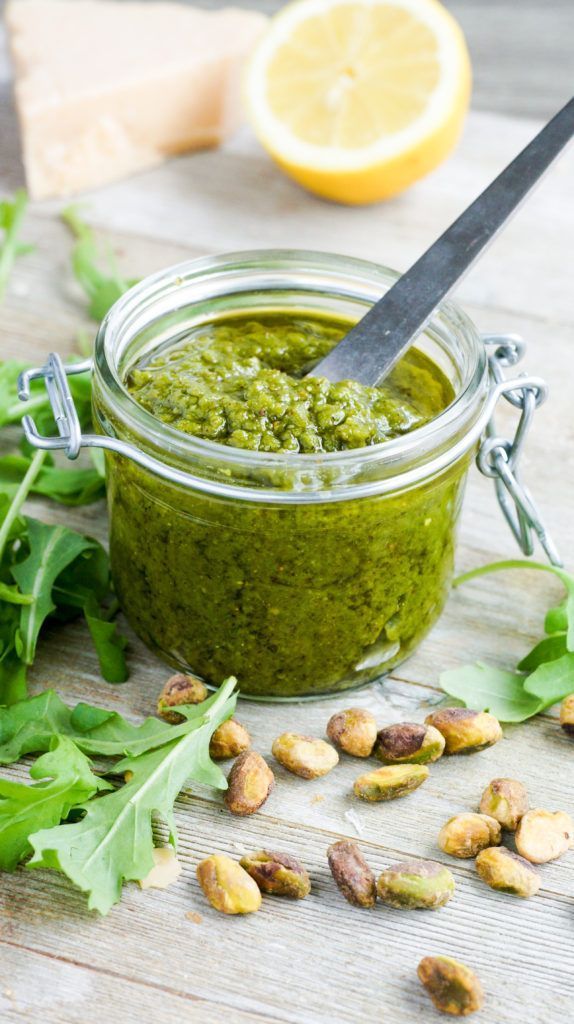
Spoon a small amount into serving bowl. Test temperature before serving. Transfer remainder to ice cube trays.
Recipe Notes
Variations
Stir in a pinch of turmeric in step 5 for an added boost of nutrients.
Before step 4, set aside a small portion of beans and/or pears and cut into small pieces. Continue with step 4. Serve pieces with purée for babies who are starting solids.
Nutrition Tip
Arugula has a strong, slightly peppery taste. Your baby may make a face at first, but that doesn’t mean he doesn’t like the flavor — it’s just new! Keep on introducing tastes, even if they’ve been refused before.
Affects sugar. Why arugula is useful and who should refrain from it | Food and drinks | Kitchen
Arugula grows on our beds one of the first. However, this greenery practically does not leave our tables, because it lies on the shelves of stores all year round, it is grown in greenhouses. But soil arugula is much more fragrant and tasty, especially if it is grown by you, in your country house - such products are the best. About what arugula is useful for and why it must be included in your diet, AiF.ru told Anna Ivashkevich , family therapist, clinical nutritionist, nutritionist:
About what arugula is useful for and why it must be included in your diet, AiF.ru told Anna Ivashkevich , family therapist, clinical nutritionist, nutritionist:
Arugula is a green variant that we add to vegetable salads, use as a garnish for meat dishes and seafood. This product is rich in folic acid, magnesium, vitamins C and A, fiber, iron and calcium, phytochemicals, while arugula boasts a low calorie content.
Arugula is the right product to add to your diet for people with diabetes and cardiovascular problems. Studies have shown that greens help reduce the risk of diabetes and help regulate blood glucose levels, in addition, all foods containing fiber make you feel full for a long period, which helps to reduce weight and prevent frequent overeating and snacking.
From the beneficial properties of arugula:
- promotes healing of the eyes;
- helps absorb calcium;
- improves brain function;
- normalizes muscle function;
- calms the central nervous system;
- improves immunity.
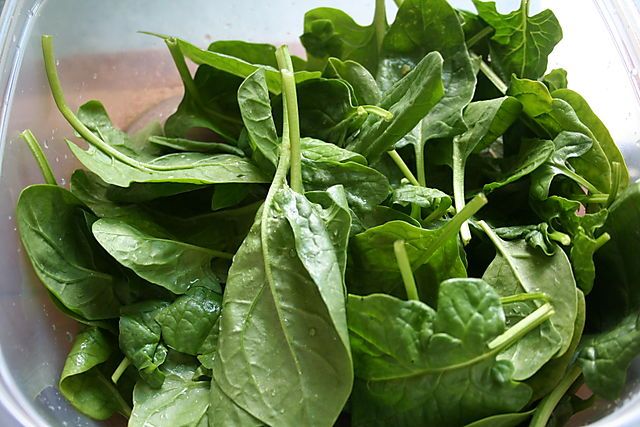
The composition contains antioxidants and glucosinolates: these are the very substances that give arugula its specific bitterness and aroma. It is these elements that help prevent the development of serious diseases, in particular breast, colon and lung cancer.
Contraindications
It is best to avoid arugula in your diet for people who have problems with the organs of the gastrointestinal tract, allergies (if you have an allergic reaction to radish or cabbage), and if you are taking medication that thin the blood. It is best to consult with your doctor.
Arugula is useful for overweight people, lipid metabolism disorders, hypertensive patients, as well as for pregnant women and those planning a pregnancy. But for lactating women, it is better not to add arugula to the diet, as it changes the taste of breast milk to a more bitter one.
This product is suitable for almost all dishes, it can be added to salads, pizza, eaten as a side dish, added to cheese and meat plates.
Cod liver and arugula salad
- 1 jar cod liver
- 30 g dried tomatoes
- 100 g cherry tomatoes
- two handfuls of arugula
- 1 st. l. grated hard cheese
- 1 st. l. balsamic vinegar
- crushed black pepper
- salt
Step 1 . Rinse the arugula, dry it on a towel, tear into large pieces.
Step 2 . Cod liver mash with a fork, mix with grated cheese.
Step 3 . Cut the sun-dried tomatoes into thin strips, cut the cherry tomatoes in half.
Step 4 . Mix both types of tomatoes with arugula, season with balsamic vinegar, sprinkle with pepper.
Step 5 . Put the cod liver on a plate, put arugula and tomatoes around.
Arugula with shrimps and pear
Photo: Shutterstock.com
- 70g Arugula
- 100 g peeled small shrimps (you can take a jar of preserves)
- 1 pear
- 30-40 g cheese
For sauce :
- 1 hard boiled egg yolk
- 1 st.
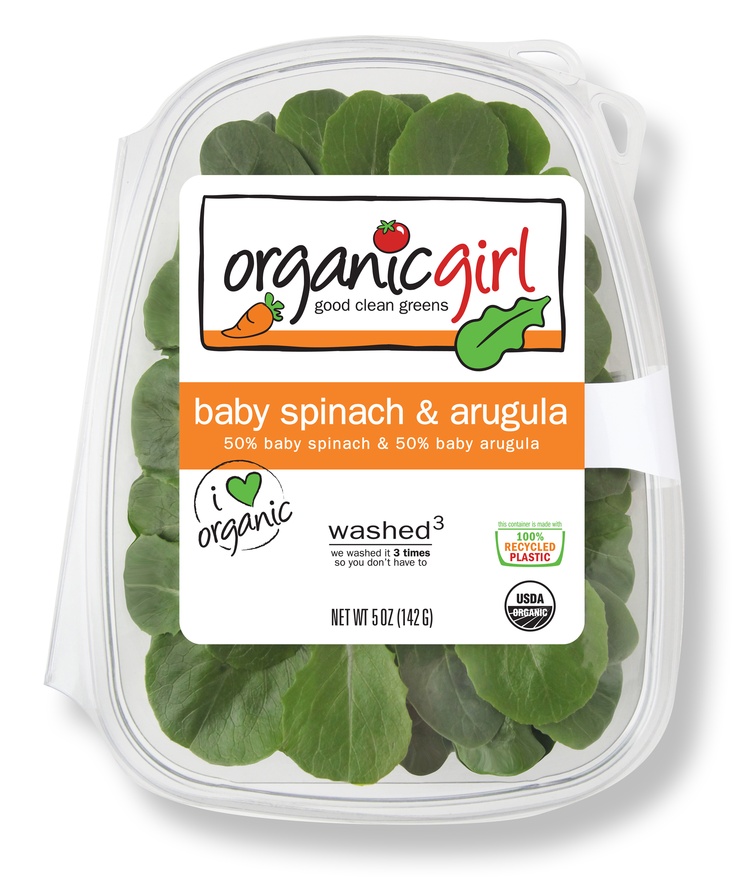 l. lemon juice
l. lemon juice - 1 st. l. vegetable oil
- 1 tooth garlic
- salt
Step 1 . Peel the pear, remove the seed box, cut into thin slices.
Step 2 . Break up the cheese.
Step 3 . Rinse and dry the arugula, cut into large pieces.
Step 4 . Mix arugula, pear, cheese and shrimp.
Step 5 . Prepare the sauce: grind the yolk, beat the vegetable oil with lemon juice, then mix with the pounded yolk. Add salt, pepper, garlic, passed through a press.
Step 6 . Dress the salad with the prepared dressing.
Sandwich with arugula, vegetables and suluguni
Photo: Shutterstock.com
- 1 small ciabatta
- 1 small tomato
- 1 handful of arugula
- 100 g suluguni (preferably lightly salted)
- ½ bell pepper
- balsamic cream
Step 1 .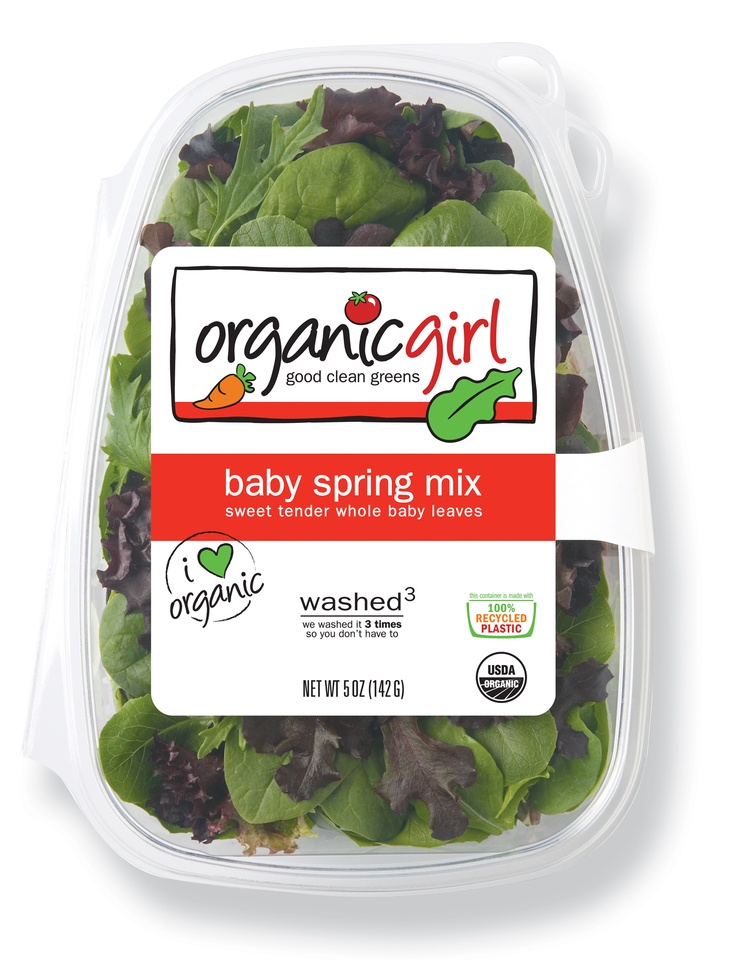 Cut the ciabatta lengthwise, dry the halves in a pan.
Cut the ciabatta lengthwise, dry the halves in a pan.
Step 2 . Bake bell peppers in the oven. Then put in a bag, tie, put in the refrigerator. Wait 20 minutes and peel off the skin.
Step 3 . Rinse the arugula, dry it, cut into large pieces.
Step 4 . Cut cheese, tomatoes into slices.
Step 5 . Put tomatoes, cheese, peppers, arugula on one half of ciabatta, pour over balsamic cream, salt. Put in the other half of the bread.
Step 6 . Press down, wrap tightly in cling film, put in the refrigerator for a couple of hours.
arugula, live food, recipes with arugula
✿ RUCOLA ✿
Summer pleases us not only with warm weather, the opportunity to relax and gain strength. This time is the most favorable in terms of saturating the body with various vitamins and useful microelements. True, in modern supermarkets all year round you can find a variety of greens and other vitamins, but it has already been proven many times that you can get much more benefit from those products that are collected directly from the garden in the geographical area in which the person himself lives. And sometimes what is considered almost a weed is revered as a delicacy in other countries. This can easily be said about the now popular arugula, arugula or arugula, and this is not the only name for this spicy greenery. The dispute about how to write correctly: arugula, arugula or arugula was recently resolved by authoritative philologists who recognized all options as acceptable.
And sometimes what is considered almost a weed is revered as a delicacy in other countries. This can easily be said about the now popular arugula, arugula or arugula, and this is not the only name for this spicy greenery. The dispute about how to write correctly: arugula, arugula or arugula was recently resolved by authoritative philologists who recognized all options as acceptable.
In Russia, this plant is considered a common weed, and they call it a caterpillar. In France and England, this plant is called rocket. Several other names for arugula are also known, namely arugula, eruka and indau.
This plant has a very intensive effect on the body's metabolism. Arugula is simply indispensable for those who want to lose weight and lose weight. Once it was considered an aphrodisiac, maybe this is not entirely true, but it produces a rather powerful effect on the body. Arugula is sometimes called a natural energy drink, in addition, it helps to remove cholesterol from the body, increase hemoglobin levels.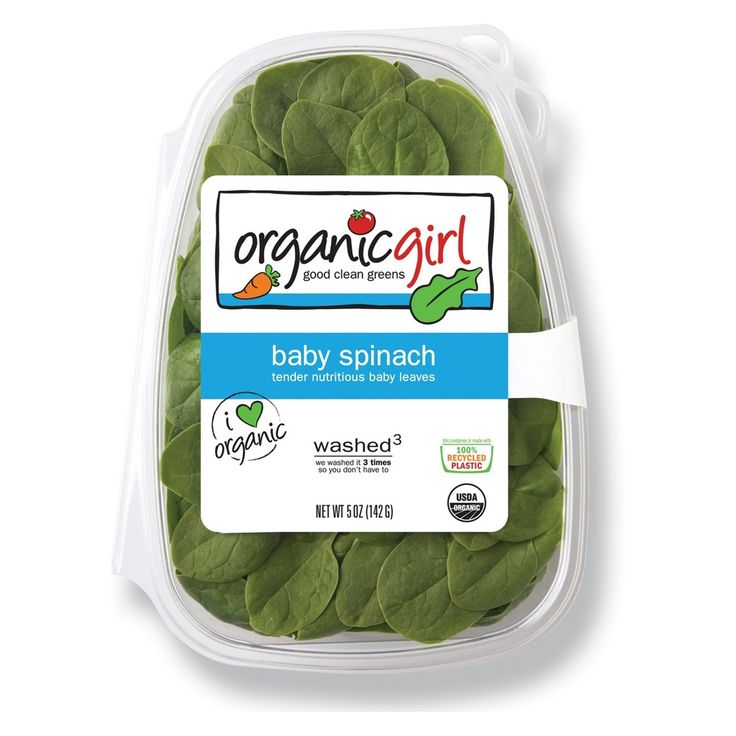 It is a natural source of iodine and vitamin C. This plant enhances lactation, has an expectorant, disinfectant, mild diuretic and even anti-cancer effect. When using rocket salad, digestion and the work of the entire gastrointestinal tract improves.
It is a natural source of iodine and vitamin C. This plant enhances lactation, has an expectorant, disinfectant, mild diuretic and even anti-cancer effect. When using rocket salad, digestion and the work of the entire gastrointestinal tract improves.
Useful properties of arugula speak for themselves. 100 grams of grass contains: up to 15 mg of vitamin C, up to 1.8 mg of vitamin A, up to 48 mg of vitamin B9 and many others. It is also rich in trace elements - potassium (up to 220 mg per 100 grams of lettuce), calcium (up to 77 mg), magnesium (up to 40 mg), iodine (up to 8 mcg), iron (up to 0.6 mg).
[error]
1. Arugula and purple basil pesto
Ingredients:
- arugula salad - 100g
- basil (purple, twigs) - 2 pcs.
- garlic - 1 clove
- salt - to taste
- olive oil - 150g
- butter (melted) - 1 tbsp.
- pine nuts - 2 tbsp.
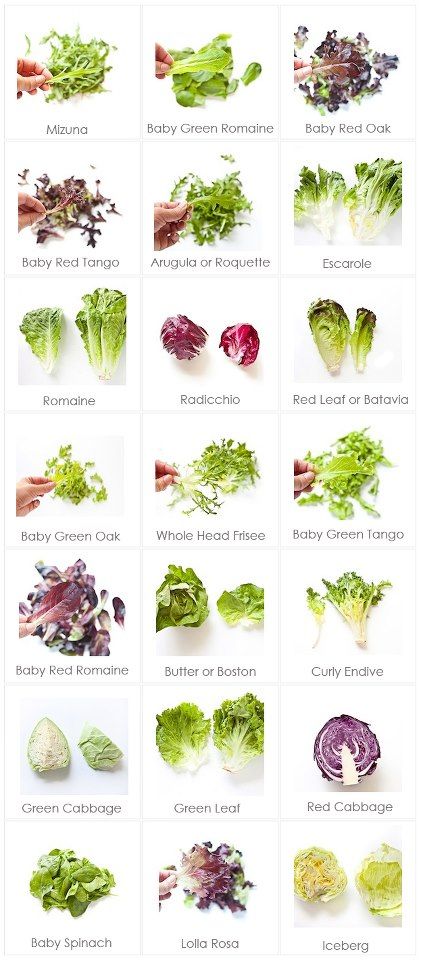
Preparation:
Chop lettuce, basil and garlic with a knife, put in a blender, season with salt to taste and grind at low speed. Without turning off the blender, pour in the olive oil in a thin stream, mix in the same mode until a homogeneous mass is obtained. Before serving, keep in a cool place, but not in the refrigerator. Before serving, pour in the butter, mix, sprinkle with pine nuts.
[/error] [success]
2. Arugula Salad with Avocado and Cherry Tomatoes
Ingredients:
- arugula salad - 1 bunch
- lemon — 1 pc.
- avocado - 1 pc.
- cherry tomatoes - 10-15 pcs.
- olive oil - 3 tbsp.
- salt - to taste
Preparation:
Peel the avocado, remove the pit. If the fruit is ripe, then the skin can be removed with your hands, and if it is very hard, we cut off the peel with a knife. Cut the avocado into small pieces and put on a large plate.
Cut the avocado into small pieces and put on a large plate.
Cherry tomatoes, cut in half. You can replace them with ordinary tomatoes, but only sweet varieties. Lay on top of the avocado.
Cut arugula leaves, sprinkle on tomatoes. You only need to eat the top leaves. Cut off hard legs immediately and discard.
Prepare the sauce: mix lemon juice with olive oil. Stir thoroughly until a homogeneous liquid is formed, add salt. We dress the salad.
[/success] [notice]
3. Arugula salad with pine nuts
Ingredients:
- pine nuts - 50g
- arugula salad - 1 bunch
- parmesan - 30g
- garlic - 1 clove
- vegetable oil, balsamic vinegar - to taste
- salt, pepper - to taste
- lemon juice - to taste
Preparation:
Mix oil, lemon juice, vinegar, salt, pepper, garlic - this is the dressing.